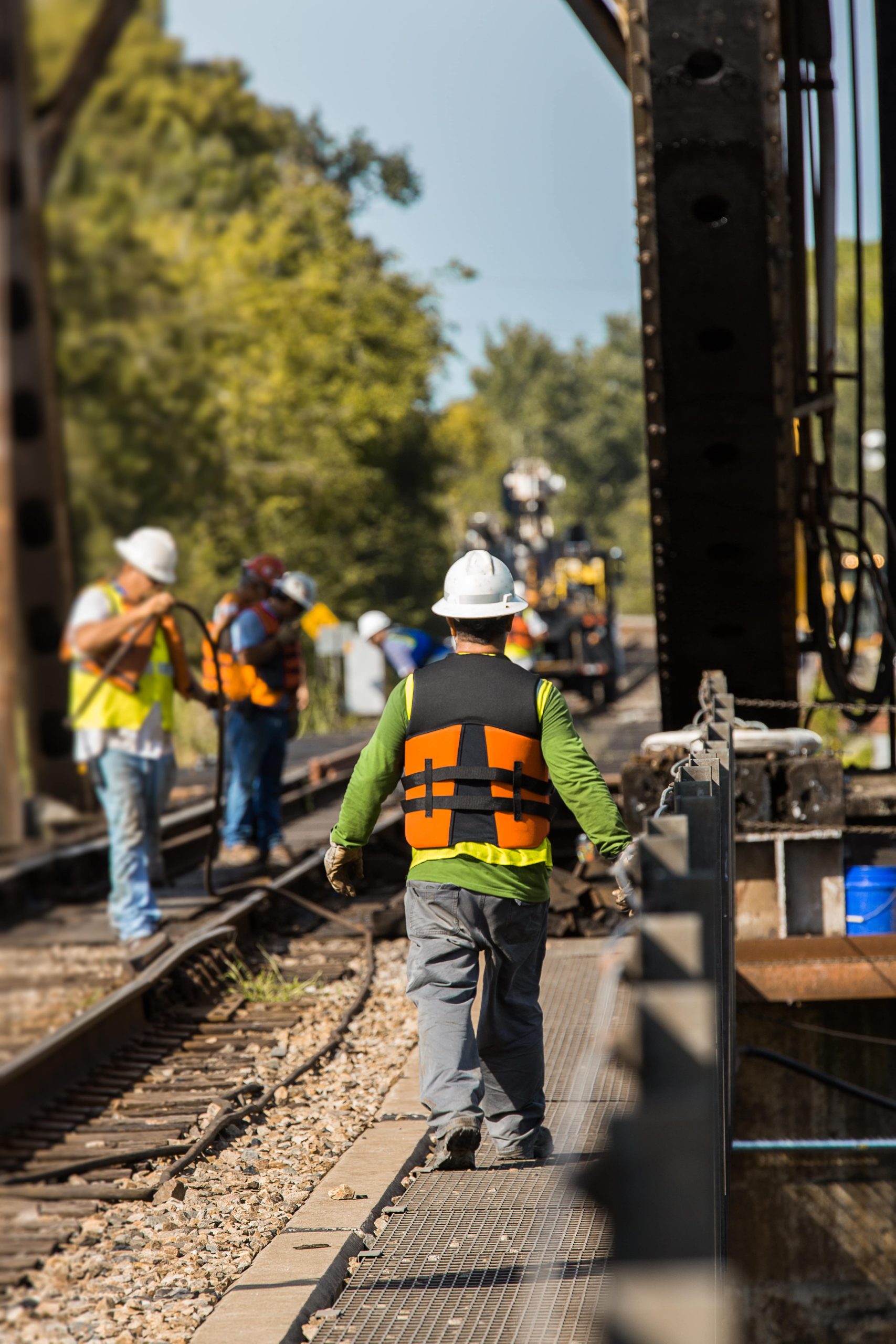15 Things You've Never Known About Railroad Workers Cancer Lawsuit
Railroad Workers Cancer Lawsuit: Fighting for Justice
Intro
The railroad market has long been a vital component of the United States' economy. Nevertheless, it has actually likewise subjected its workers to harmful conditions and direct exposure to poisonous substances, leading to increasing concerns over health threats, especially cancer. Just recently, a substantial number of railroad workers have taken legal action versus significant companies, declaring that their exposure to carcinogenic products on the job caused serious health problems, consisting of different forms of cancer. This post will check out the details of the Railroad Workers Cancer Lawsuit, the implications for workers and their households, and the ongoing defend justice.
Context of the Lawsuit
Railroad workers are routinely exposed to harmful chemicals like diesel exhaust, asbestos, and other carcinogenic products without proper safeguards or appropriate training. These exposures have actually been linked to many health issues, especially lung cancer, bladder cancer, and other deadly conditions. The legal actions initiated by railroad workers throughout the nation aim to hold major rail companies responsible for their neglect and absence of protective measures.
Key Contributors to Cancer Risk
Substance
Health Effects
Sources in Railroad Work
Diesel Exhaust
Lung Cancer, Respiratory Issues
Locomotive engines, maintenance work
Asbestos
Lung Cancer, Mesothelioma
Insulation products, brake linings
Benzene
Leukemia, Bone Marrow Damage
Fuel, solvents
Creosote
Skin, Lung, and Bladder Cancer
Wood conservation in ties
Understanding the Claims
Railroad workers who initiated suits declare that their employers stopped working to supply a safe working environment. They assert that the business stopped working to:
Implement Safety Measures: Necessary safety measures to restrict direct exposure to damaging products were often absent.
Supply Proper Training: Workers were not offered adequate training on dealing with hazardous materials.
Deal Health Monitoring: Regular health check-ups and monitoring for early detection of job-related illnesses weren't offered.
Inform Workers of Risks: Companies did not properly inform workers of the risks connected with their workplace.
This legal movement's objective is not simply to seek compensation for medical expenses and suffering; it also intends to raise awareness and push for policy changes that protect workers in the future.
The Legal Landscape
Types of Lawsuits
There are typically 2 types of suits that railroad workers might submit:
Type of Lawsuit
Description
Example
Personal Injury Claim
Workers demand damages due to neglect of company
A worker develops cancer due to asbestos direct exposure without any caution.
Workers' Compensation Claim
Payment for health concerns associated with work without proving employer negligence
A worker detected with lung cancer after years of diesel fumes direct exposure.
Key Legislation
The Federal Employers Liability Act (FELA) is a crucial piece of legislation impacting these claims. Developed in 1908, FELA enables railroad workers to sue their companies for damages if they can show that neglect added to their injuries or illness. Unlike common workers' settlement claims, FELA does not need workers to show they were hurt on the job, making it a necessary tool for those experiencing occupational diseases.
Implications for Workers and Their Families
The ramifications of the Railroad Workers Cancer Lawsuit extend beyond just the people diagnosed with cancer. Families may deal with psychological, financial, and useful obstacles as they support their enjoyed ones through treatment and recovery.
Impacts Include:
Financial Burden: Medical costs, lost earnings, and other expenses can end up being frustrating for families.
Psychological Toll: The mental stress connected with persistent health problem impacts both the specific and household characteristics.
Caretaker Responsibilities: Family members may require to take on extra caregiving obligations, which can disrupt their lives.
Access to Support Groups: Many households may find it useful to connect with others experiencing comparable circumstances, leading to neighborhood building through shared experiences.
Often Asked Questions (FAQs)
1. Who is qualified to take part in the Railroad Workers Cancer Lawsuit?
Railroad workers identified with cancer and who were exposed to harmful materials on the task during their employment might be eligible.
2. What kinds of cancer are most frequently reported among railroad workers?
Lung cancer, bladder cancer, and mesothelioma cancer are amongst the most commonly reported cancers in railroad workers.
3. How can railroad workers show their direct exposure to hazardous compounds?
Documents such as work records, safety reports, and witness testimonies can help establish an employee's exposure to hazardous products.
4. What compensation can workers get out of these claims?
Payment may cover medical expenditures, lost salaries, discomfort and suffering, and in some cases, compensatory damages versus companies.
5. For how long do Railroad Lawyers Near Me take?
The timeline can vary considerably depending upon the intricacy of the case, the particular scenarios, and whether it goes to trial. It may take a number of months to a couple of years.
The predicament of railroad workers struggling with cancer as an outcome of poisonous direct exposure has actually resulted in a crucial movement intended at corporate accountability and worker safety. While the legal procedure may be complicated and time-consuming, it represents a necessary step toward not only compensating afflicted workers however also promoting essential modifications in work environment security policies. Educational efforts and increased awareness about the risks railroad workers deal with will be vital in preventing future illnesses. Supporters continue to stress the importance of security and health requirements to secure those who keep the crucial railways running. The battle for justice and security in the railroad market is far from over, and just time will reveal the impact of these considerable legal actions.
